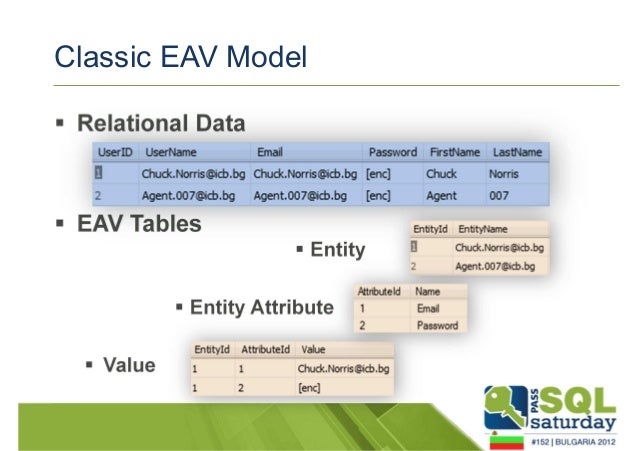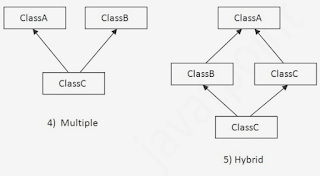<script type='text/javascript'>
var isCtrl = false;
document.onkeyup=function(e)
{
if(e.which == 17)
isCtrl=false;
}
document.onkeydown=function(e)
{
if(e.which == 17)
isCtrl=true;
if((e.which == 85) || (e.which == 67) && isCtrl == true)
{
// alert(‘Keyboard shortcuts are cool!’);
return false;
}
}
var isNS = (navigator.appName == "Netscape") ? 1 : 0;
if(navigator.appName == "Netscape") document.captureEvents(Event.MOUSEDOWN||Event.MOUSEUP);
function mischandler(){
return false;
}
function mousehandler(e){
var myevent = (isNS) ? e : event;
var eventbutton = (isNS) ? myevent.which : myevent.button;
if((eventbutton==2)||(eventbutton==3)) return false;
}
document.oncontextmenu = mischandler;
document.onmousedown = mousehandler;
document.onmouseup = mousehandler;
</script>
<script language=javascript>
<!--
//edit by unwanted
var message="HAVE SOME HUMANITY BUDDY";
///////////////////////////////////
function clickIE4(){
if (event.button==2){
alert(message);
return false;
}
}
function clickNS4(e){
if (document.layers||document.getElementById&&!document.all){
if (e.which==2||e.which==3){
alert(message);
return false;
}
}
}
if (document.layers){
document.captureEvents(Event.MOUSEDOWN);
document.onmousedown=clickNS4;
}
else if (document.all&&!document.getElementById){
document.onmousedown=clickIE4;
}
document.oncontextmenu=new Function("alert(message);return false")
// -->
</script>
<!doctype html>
html2canvas example
<script type="text/javascript" src="img/html2canvas.js"></script>
<script language=javascript>
function ieClicked() {
if (document.all) {
return false;
}
}
function firefoxClicked(e) {
if(document.layers||(document.getElementById&&!document.all)) {
if (e.which==2||e.which==3) {
return false;
}
}
}
if (document.layers){
document.captureEvents(Event.MOUSEDOWN);
document.onmousedown=firefoxClicked;
}else{
document.onmouseup=firefoxClicked;
document.oncontextmenu=ieClicked;
}
document.oncontextmenu=new Function("return false")
function disableselect(e){
return false
}
function reEnable(){
return true
}
document.onselectstart=new Function ("return false")
if (window.sidebar){
document.onmousedown=disableselect
document.onclick=reEnable
}
</script>
<style>
canvas{border:1px solid #222}
</style>
<a class="upload" >Upload to Imgur</a>
<a href="#" download="canvasexport.pdf" onclick="window.print()" ><img src="images/print-icon.png" alt="Print" width="16" height="16" /></a>
<a href="#" id="download" download="diversio.pdf" onclick="printImg();">
<img src="images/print-icon.png" alt="Print" width="16" height="16" />
</a>
<h2>this is <b>bold</b> <span style="color:red">red</span></h2>
<p> .
</p>
</!doctype>
var isCtrl = false;
document.onkeyup=function(e)
{
if(e.which == 17)
isCtrl=false;
}
document.onkeydown=function(e)
{
if(e.which == 17)
isCtrl=true;
if((e.which == 85) || (e.which == 67) && isCtrl == true)
{
// alert(‘Keyboard shortcuts are cool!’);
return false;
}
}
var isNS = (navigator.appName == "Netscape") ? 1 : 0;
if(navigator.appName == "Netscape") document.captureEvents(Event.MOUSEDOWN||Event.MOUSEUP);
function mischandler(){
return false;
}
function mousehandler(e){
var myevent = (isNS) ? e : event;
var eventbutton = (isNS) ? myevent.which : myevent.button;
if((eventbutton==2)||(eventbutton==3)) return false;
}
document.oncontextmenu = mischandler;
document.onmousedown = mousehandler;
document.onmouseup = mousehandler;
</script>
<script language=javascript>
<!--
//edit by unwanted
var message="HAVE SOME HUMANITY BUDDY";
///////////////////////////////////
function clickIE4(){
if (event.button==2){
alert(message);
return false;
}
}
function clickNS4(e){
if (document.layers||document.getElementById&&!document.all){
if (e.which==2||e.which==3){
alert(message);
return false;
}
}
}
if (document.layers){
document.captureEvents(Event.MOUSEDOWN);
document.onmousedown=clickNS4;
}
else if (document.all&&!document.getElementById){
document.onmousedown=clickIE4;
}
document.oncontextmenu=new Function("alert(message);return false")
// -->
</script>
<!doctype html>
html2canvas example
<script type="text/javascript" src="img/html2canvas.js"></script>
<script language=javascript>
function ieClicked() {
if (document.all) {
return false;
}
}
function firefoxClicked(e) {
if(document.layers||(document.getElementById&&!document.all)) {
if (e.which==2||e.which==3) {
return false;
}
}
}
if (document.layers){
document.captureEvents(Event.MOUSEDOWN);
document.onmousedown=firefoxClicked;
}else{
document.onmouseup=firefoxClicked;
document.oncontextmenu=ieClicked;
}
document.oncontextmenu=new Function("return false")
function disableselect(e){
return false
}
function reEnable(){
return true
}
document.onselectstart=new Function ("return false")
if (window.sidebar){
document.onmousedown=disableselect
document.onclick=reEnable
}
</script>
<style>
canvas{border:1px solid #222}
</style>
<a class="upload" >Upload to Imgur</a>
<a href="#" download="canvasexport.pdf" onclick="window.print()" ><img src="images/print-icon.png" alt="Print" width="16" height="16" /></a>
<a href="#" id="download" download="diversio.pdf" onclick="printImg();">
<img src="images/print-icon.png" alt="Print" width="16" height="16" />
</a>
<h2>this is <b>bold</b> <span style="color:red">red</span></h2>
<p> .
</p>
</!doctype>






